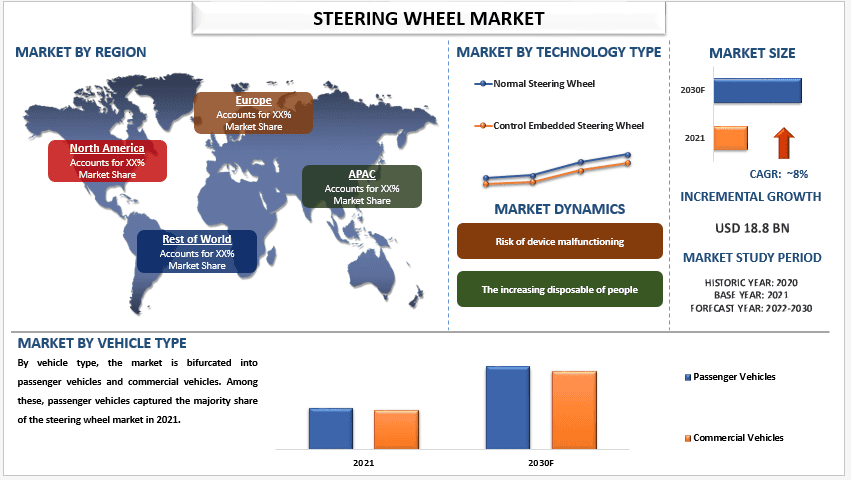Hardware-aware Rendering for Foldable Devices

Understanding Hardware-Aware Rendering for Foldable Devices
Foldable devices, like foldable phones and tablets, are becoming more popular in the tech world. They offer us the ability to have a large screen that can fold into a compact device, making them convenient and versatile. However, foldable devices come with unique challenges for developers, especially when it comes to rendering graphics and adjusting to the folding mechanisms. In simpler terms, rendering is how the device draws everything you see on the screen, from apps to games to photos. So, for foldable devices, the way things are rendered needs to be adapted to the hardware. This is where hardware-aware rendering comes into play.
In this blog, we will dive into the concept of hardware-aware rendering, why it’s important for foldable devices, and how it helps make the experience smoother and more enjoyable for users. We’ll also look at how developers approach this challenge and what it means for the future of mobile devices.
What is Hardware-Aware Rendering?
At its core, hardware-aware rendering is a method that allows developers to optimize how the content is displayed on the screen by understanding the capabilities and limitations of the device’s hardware. For foldable devices, this means adjusting graphics, layout, and design elements in real-time based on how the device is being used, whether it’s in a folded position or fully opened.
Why is this important? Well, a regular smartphone or tablet has a fixed screen size, and everything displayed on the screen is designed to fit that specific size. But foldable devices, by their very nature, change screen size depending on whether they are folded or unfolded. When a device is folded, the screen is smaller, and when it’s opened, it becomes much larger. The hardware-aware rendering system ensures that the display adapts to these changes without causing any glitches, overlapping images, or awkward visual effects.
In simpler terms, hardware-aware rendering makes sure that the phone knows exactly what to show, where to show it, and how to adjust everything when the screen is either folded or unfolded. This ensures a seamless user experience across different modes of the device.
How Does It Work?
To understand how hardware-aware rendering works, let's imagine you are using a foldable phone. When the device is fully opened, the screen is large enough to display multiple apps side by side, much like a mini tablet. When you fold the phone, the screen becomes smaller, and the layout needs to change.
Hardware-aware rendering works by detecting the device's state and then adjusting the display accordingly. It uses the device’s hardware features, like sensors and display panels, to understand whether the phone is folded or opened and adjusts the rendering process accordingly.
For example, if you're reading an eBook on your foldable phone, when the device is unfolded, you might have a two-page view of the book. When you fold the device, the rendering system switches to a single-page view that fits perfectly on the smaller screen. All of this happens automatically without you needing to adjust anything manually.
This dynamic adjustment can involve several processes:
-
Layout adjustments: The content on the screen is rearranged to fit the new screen size.
-
Graphics scaling: Images and icons are resized so that they remain sharp and clear.
-
Orientation changes: If the device is rotated, the rendering system will also adjust to match the new orientation, whether it’s landscape or portrait.
Why Is Hardware-Aware Rendering Important for Foldable Devices?
Foldable devices are unique in that they give users the flexibility to use them in different ways. Whether you’re using the device folded or unfolded, the experience needs to be smooth and intuitive. If the screen doesn’t adjust well to these changes, it can lead to a poor user experience, causing frustration for the user.
For instance, imagine you're watching a video on your foldable phone. When you fold the phone, the screen shrinks, and the video might become distorted or too small to watch comfortably. Hardware-aware rendering solves this problem by resizing and adjusting the video to fit the smaller screen size while maintaining quality. This makes foldable devices much more versatile and enjoyable to use.
Another area where hardware-aware rendering becomes crucial is in gaming and apps. Many games are designed to take advantage of larger screen sizes, but when you fold the device, the game’s layout needs to adjust. Similarly, apps that rely on multitasking, like email or messaging, need to be able to change their interface based on whether the device is in its folded or unfolded state. Without hardware-aware rendering, these apps would not be able to adjust correctly, making them less functional.
Key Challenges of Hardware-Aware Rendering for Foldable Devices
Creating an experience that feels seamless and natural across both folded and unfolded modes is no easy task. There are several challenges developers face when building for foldable devices, including:
1. Device Variability
There are several different foldable devices on the market, each with unique hardware specifications. For example, some foldable phones have an outer screen that is much smaller than the unfolded inner screen. Others may have a more traditional tablet-like folding mechanism. Developers need to account for these differences when designing rendering systems so that the experience is smooth across all devices.
2. Screen Flexibility
Foldable screens are different from regular ones. They are designed to bend and fold without breaking. However, this flexibility presents its own set of challenges when it comes to rendering. When the screen folds, the rendering system needs to detect the change in shape and adjust content dynamically without causing visual glitches. This requires precise calibration of how content is drawn and displayed.
3. Performance Optimization
Hardware-aware rendering relies on hardware capabilities like sensors, processors, and memory. However, foldable devices often have limited resources compared to larger tablets or desktops. Ensuring that rendering happens quickly and efficiently without overloading the device’s hardware is key to making sure the user experience remains smooth and responsive.
4. App Compatibility
Many existing apps were designed for traditional smartphones or tablets. When these apps are run on foldable devices, they might not adapt well to the different screen sizes or the unique folding mechanism. Developers need to modify apps to be hardware-aware, ensuring they adapt seamlessly when the device is folded or unfolded.
How Does This Impact Everyday Users?
For everyday users, hardware-aware rendering improves the overall experience of using foldable devices. You won’t have to worry about constantly adjusting your device’s settings every time you switch between folded and unfolded modes. Instead, the system automatically takes care of it, giving you a consistent and fluid experience no matter how you use your device.
Imagine using your foldable device for work, where you have multiple apps open at once. When the device is unfolded, you can multitask effortlessly. But when you fold it, the device automatically adapts to show only the most important information in a compact layout, making it easier to handle tasks on the go.
Whether you’re reading, gaming, or working, the transition between the different states of the device is smoother and more natural. This makes foldable devices more user-friendly and versatile.
Taxi Booking App Development
Taxi Booking App development is an example where hardware-aware rendering plays a crucial role in improving the user experience. For example, a taxi booking app designed for foldable devices needs to handle different screen sizes effectively. Whether the user is checking the status of their ride on a smaller screen (in the folded state) or interacting with the map and trip details on a larger, unfolded screen, the app’s interface must adapt seamlessly to both conditions.
The Future of Hardware-Aware Rendering
As foldable devices continue to evolve, hardware-aware rendering will only become more essential. With newer foldable designs and more advanced hardware, the rendering systems will need to keep up with the ever-changing technology. Developers will continue to refine how apps and content are displayed, making sure the experience is smooth, intuitive, and error-free.
Additionally, as the technology matures, we might see even more creative ways of using foldable devices. For instance, apps could take full advantage of the folding feature by displaying different content on the inner and outer screens, depending on how the device is folded.
Conclusion
In summary, hardware-aware rendering is a critical technology for foldable devices, ensuring that users have a smooth and adaptable experience when using their devices in different modes. It allows developers to optimize the display, layout, and graphics to fit the changing screen sizes of foldable phones and tablets. While there are challenges, like device variability and performance optimization, the benefits are clear. Hardware-aware rendering makes foldable devices more user-friendly, versatile, and enjoyable to use. As the technology evolves, we can expect even more innovations that will make these devices even more powerful and convenient.







